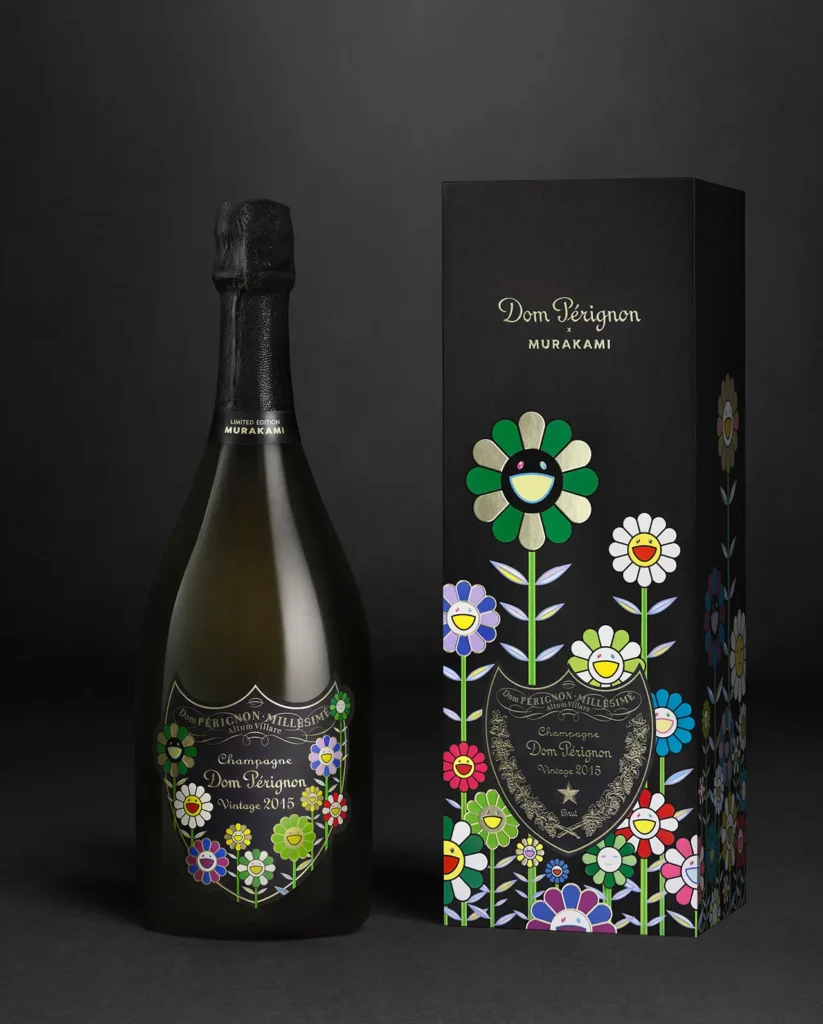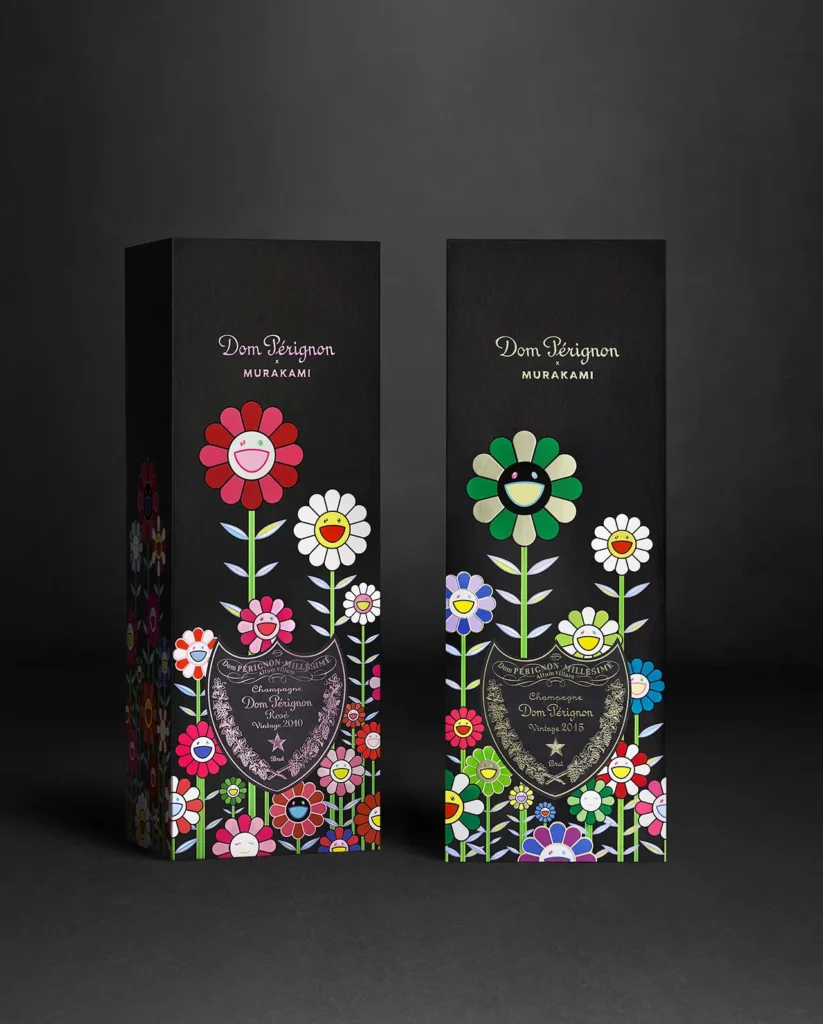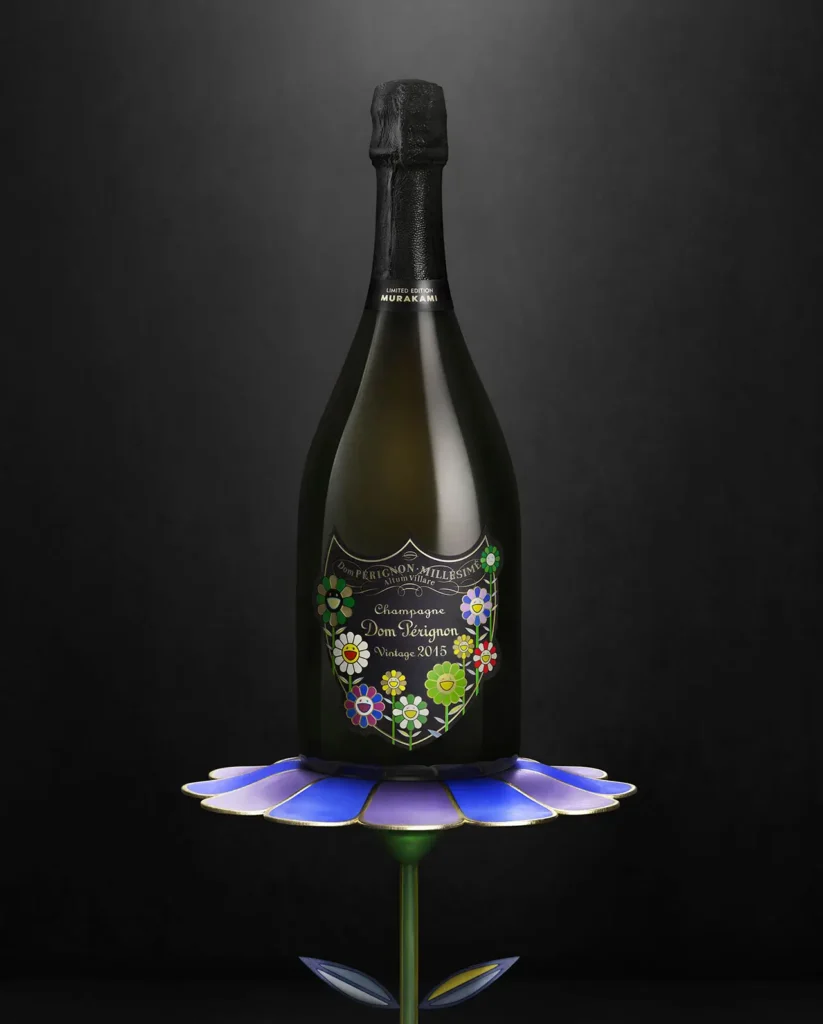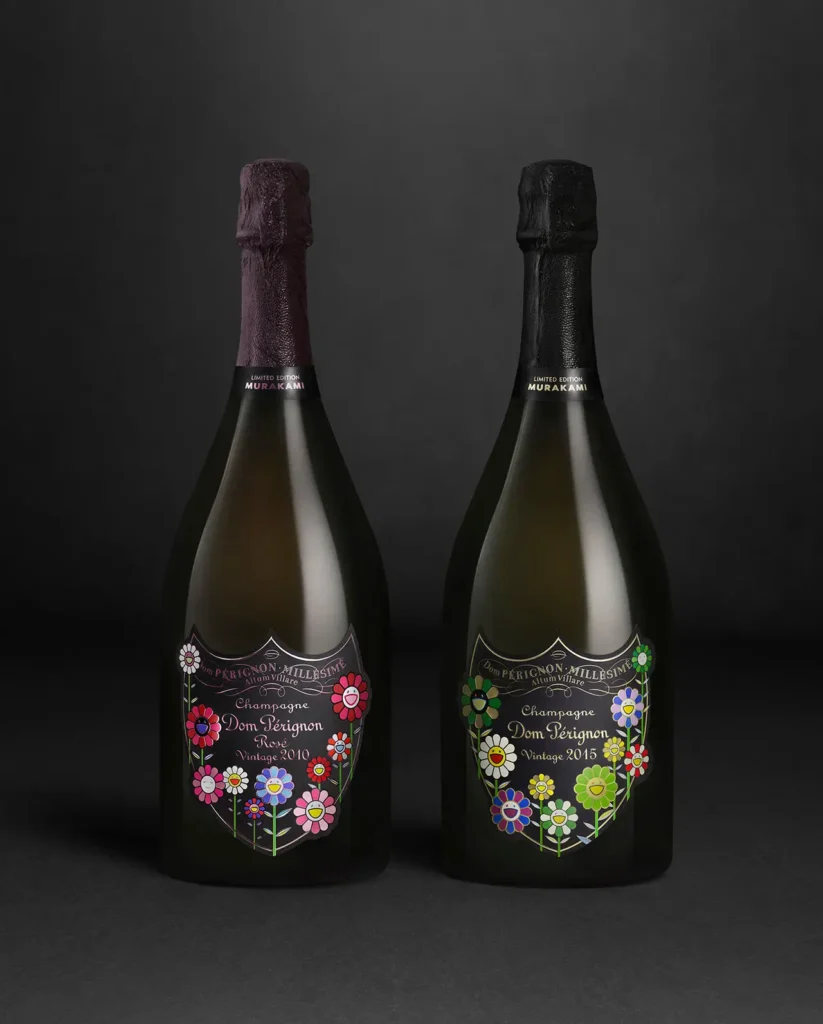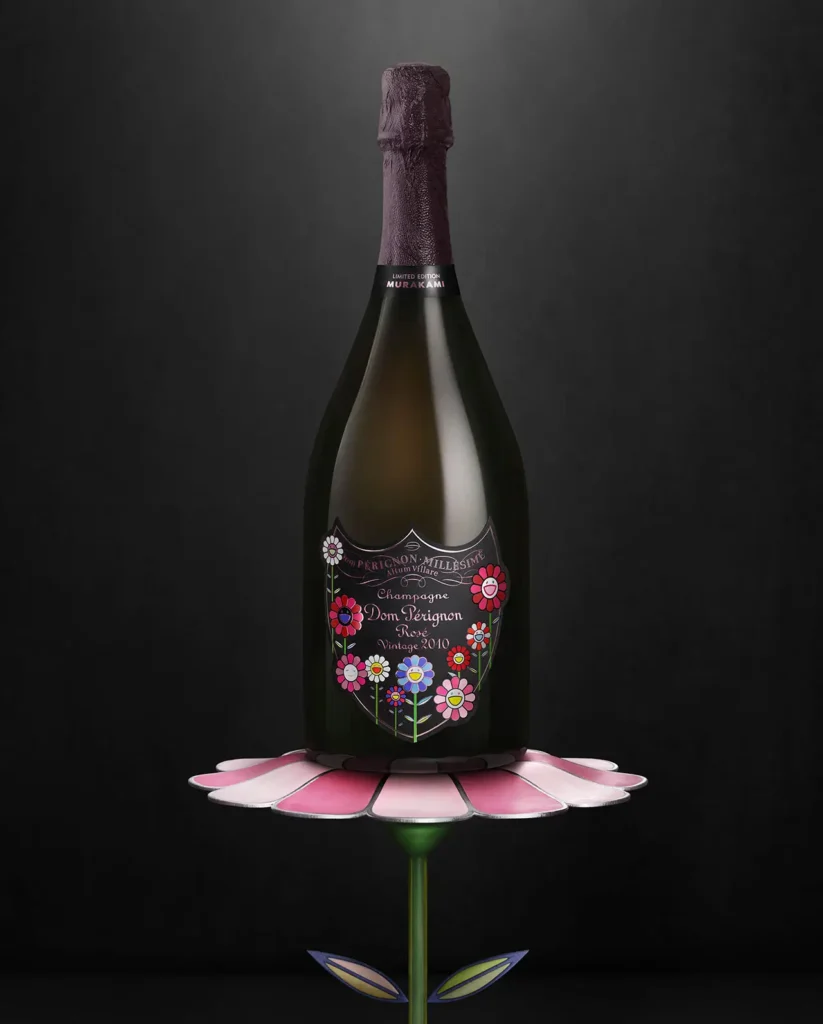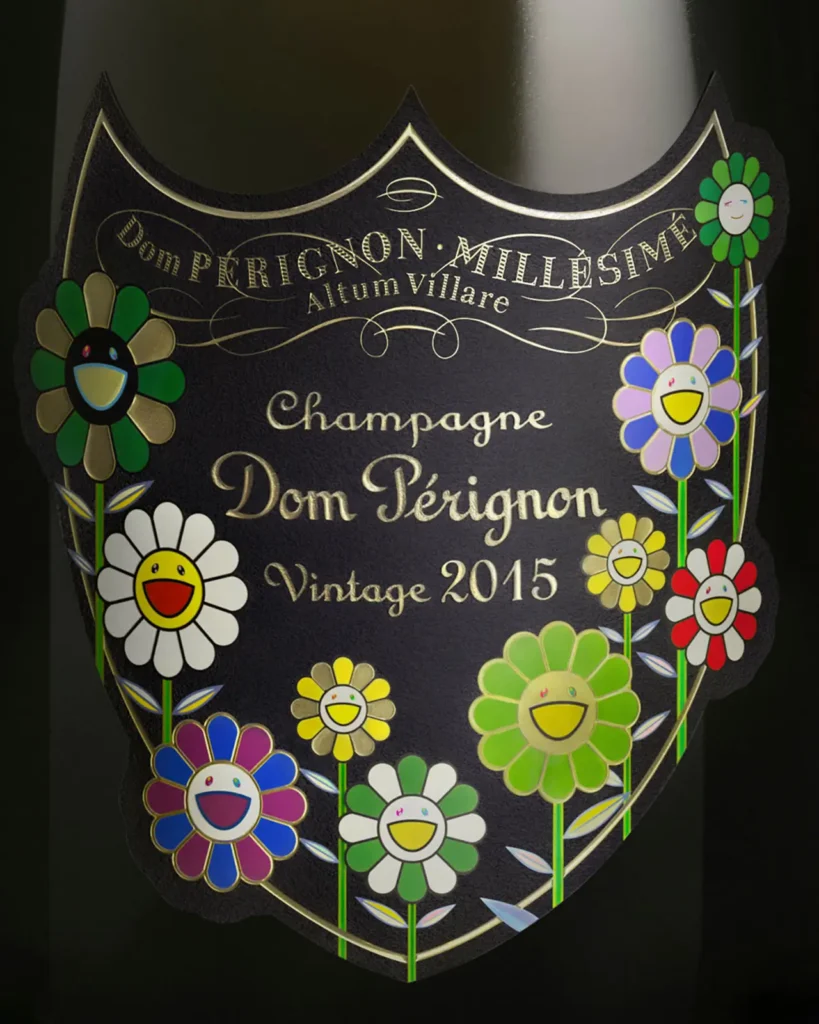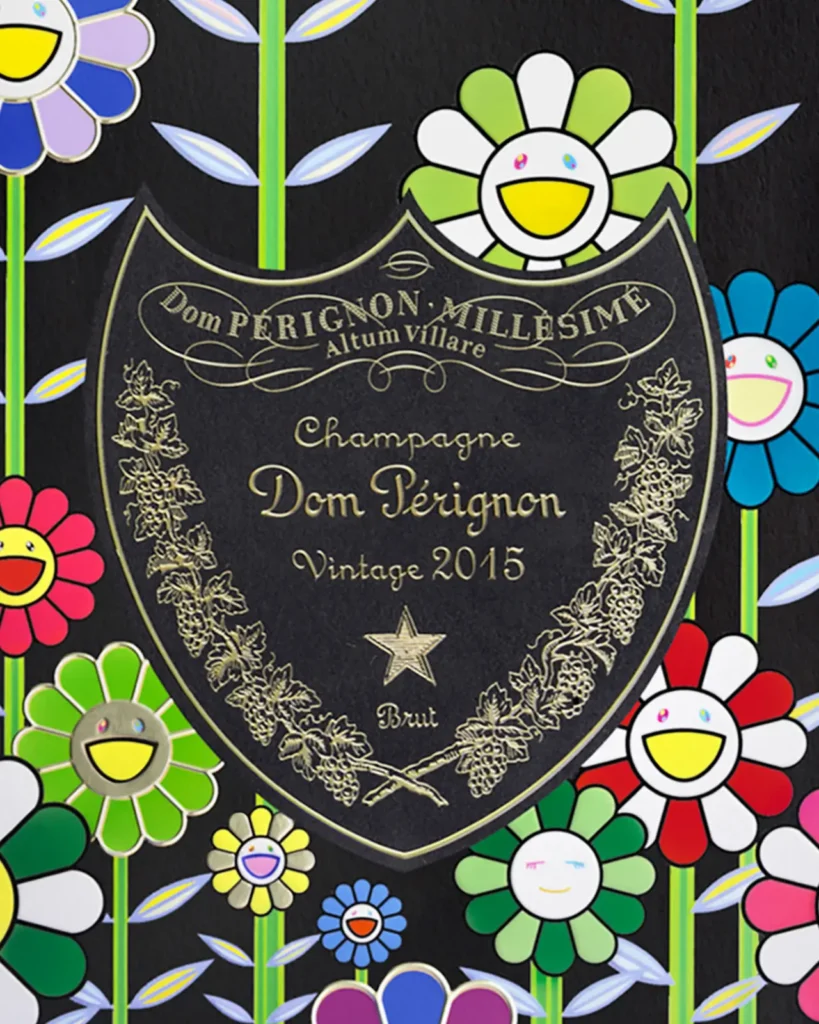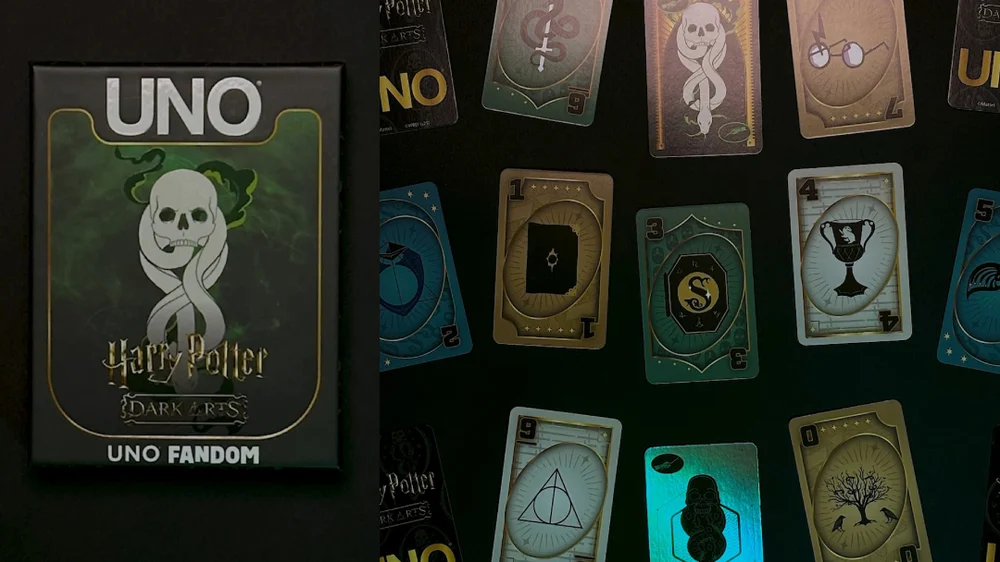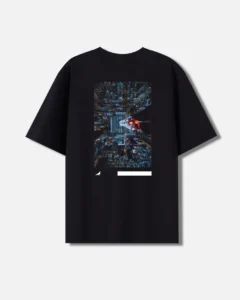Takashi Murakami, the boundary-defying Japanese contemporary artist, has spent decades blurring the lines between high art and commercial design. His smiling flowers, cosmic motifs, and cartoonish characters have become global symbols of joy, chaos, and creative fusion. From painting and sculpture to fashion and digital art, Murakami’s world spills over conventional categories and becomes an aesthetic ecosystem of its own.
Now, in 2025, Murakami has entered another realm of sensory delight — fine champagne. In partnership with Dom Pérignon, the artist unveils two limited-edition bottles: one dedicated to Dom Pérignon Vintage 2015 and another to the newly launched Dom Pérignon Rosé Vintage 2010. Together, they close the 2025 luxury season with a statement that bubbles as brightly as Murakami’s kaleidoscopic imagination.
What emerges is more than a marketing collaboration. It is an artful convergence of pleasure and philosophy — the kind of encounter that defines contemporary luxury.
artist
Takashi Murakami’s career has always been about the alchemy of opposites. Born in Tokyo in 1962 and trained in nihonga (traditional Japanese painting), he grew restless with the constraints of academic art. Out of that frustration came Superflat, his conceptual movement that flattened distinctions between fine art and pop culture.
Murakami’s Superflat aesthetic draws equally from Edo-period painting, anime, and consumer imagery. It thrives on density, saturation, and contradiction — where cuteness hides trauma, and playfulness masks critique. His works like Flowers & Skulls, Mr DOB, and Kaikai & Kiki are visually jubilant but intellectually subversive. They embody what Murakami calls “the shallow and the deep existing simultaneously.”
By the 2000s, Murakami was not just a painter but a cultural phenomenon. His partnership with Louis Vuitton under Marc Jacobs in 2003 made him one of the first artists to collapse the wall between haute couture and art galleries. His collaborations with Kanye West (Graduation, 2007), Pharrell Williams, and Supreme turned him into a pop-cultural architect — a figure able to move fluently from museum to streetwear drop.
That ability to cross worlds makes his step into the luxury beverage sector both logical and significant. Where others see a champagne bottle, Murakami sees a new surface — another opportunity for narrative, joy, and transformation.
dom pérignon
Few luxury houses embody history as elegantly as Dom Pérignon. Named after the Benedictine monk credited with refining champagne production in the 17th century, the Maison has become a symbol of ritual and rarity. Every Dom Pérignon is a vintage, meaning each blend comes exclusively from grapes harvested in one exceptional year. The label’s devotion to precision — from vineyard selection to ageing in chalk cellars — has made it synonymous with artistic craftsmanship.
But Dom Pérignon’s allure has never been purely oenological. It is philosophical. The brand’s identity revolves around the pursuit of harmony — the idea that every vintage represents a balance between nature’s unpredictability and human mastery. That notion of creative equilibrium mirrors Murakami’s own artistic ethos: chaos distilled into order, energy refined into form.
Over the past decade, Dom Pérignon has collaborated with creative figures who embody this balance. Photographers, musicians, chefs, and designers have reinterpreted the brand’s essence through their own mediums. In 2025, its campaign Creation is an Eternal Journey expanded this vision, inviting seven global creators — from Zoë Kravitz to Iggy Pop — to express what creation means to them. Among them stood Takashi Murakami, his presence both inevitable and transformative.
vision
When Murakami collaborates, he doesn’t merely decorate — he reconstructs meaning. For Dom Pérignon, he approaches the champagne bottle as a sculptural and spiritual object.
The Dom Pérignon Vintage 2015 becomes a celebration of rebirth. The vintage itself is marked by contrasts: a warm, generous summer followed by a sudden coolness at harvest. Its flavor — bright citrus layered over minerality — resonates with Murakami’s own blend of intensity and precision. The artist’s design mirrors this duality: effervescent flowers bloom across the iconic shield label, radiating life from the dark glass. The result feels like an explosion contained — joyful restraint, bottled energy.
The Dom Pérignon Rosé Vintage 2010 tells a different story. Made in smaller quantities and aged longer, it embodies rarity and emotion. Murakami translates that emotion into color — his palette deepens to pinks, crimsons, and golds that echo the rosé’s hue. The smiling daisies take on a nocturnal glow, as if toasting the night itself. It is the meeting of delicacy and decadence, of sensory pleasure and philosophical depth.
Each bottle arrives as a collectible artefact. The packaging bears Murakami’s universe: smiling faces, swirling petals, a luminous energy that contrasts with Dom Pérignon’s austere elegance. It is playful but never trivial. The flowers wink not only at the joy of drinking but at the fleeting nature of time — an eternal Murakami theme, mirrored in champagne’s own ephemeral sparkle.
flow
Murakami has long viewed commercial products as valid vehicles for art. To him, an LV bag, a vinyl toy, or a champagne bottle can all carry meaning if executed with sincerity and craftsmanship. His collaborations democratize fine art without diluting its significance.
In this sense, Dom Pérignon is not merely using Murakami’s imagery to appear youthful. The Maison is acknowledging that luxury today is no longer about distance — it’s about dialogue. The collaboration becomes a philosophical duet between East and West, tradition and pop, permanence and play.
The act of pouring champagne itself becomes performance art. The bubbles rising in a glass echo Murakami’s recurring motif of repetition and infinity. The pop of the cork mirrors the joyful explosion of color in his paintings. It’s synesthetic luxury — sight, sound, and taste intertwined.
vintage
Dom Pérignon Vintage 2015 arrives after a season of climatic tension. The year produced balanced grapes with sharp precision, creating a wine defined by clarity and structure. Notes of white peach, citrus, and toasted almond define its character. On the palate, it oscillates between freshness and depth — a dynamic rhythm similar to Murakami’s juxtaposition of childlike visuals and adult complexity.
Dom Pérignon Rosé Vintage 2010 stands as a study in resilience. The 2010 season challenged winemakers with early frost and intense rainfall, yet the surviving grapes yielded exceptional concentration. The result is a rosé of smoky depth and red-fruit brilliance. It’s sensuous, tactile, even mysterious. Murakami’s artwork amplifies this mood, turning the bottle into an object of meditation as much as celebration.
Both vintages capture the tension that defines Dom Pérignon’s artistry — harmony through opposition. And that is precisely what Murakami has practiced his entire career.
a dialogue
The bottle design embodies a philosophical conversation. Dom Pérignon’s shield — one of luxury’s most recognizable silhouettes — meets Murakami’s saturated color field. The encounter highlights two aesthetics that could not be more different yet complement one another perfectly.
Where Dom Pérignon stands for minimalism, Murakami represents maximalism. Where the Maison venerates patience, Murakami celebrates immediacy. Where one evokes heritage, the other thrives on novelty. Together they form what might be called “luxury equilibrium” — the balance between silence and noise, tradition and experiment.
In a world where collaborations often feel superficial, this one feels sincere. Dom Pérignon doesn’t try to mimic Murakami’s world; it offers itself as a vessel for his interpretation. Likewise, Murakami doesn’t parody champagne culture; he treats it with reverence, seeing in it the same devotion to craft he brings to painting.
The final result is an object of shared authorship — neither purely Murakami nor purely Dom Pérignon, but something that could only exist between them.
culture
Luxury in 2025 has become a language of experience. Younger collectors and seasoned connoisseurs alike seek meaning behind material. The value lies not only in scarcity but in story — in how an object connects personal pleasure to collective imagination.
Murakami and Dom Pérignon understand this shift intuitively. Their collaboration doesn’t preach exclusivity; it invites participation. To own one of these bottles is to join a dialogue between art and life.
At the same time, the partnership reflects how the boundaries between creative industries continue to dissolve. The same consumers who buy limited sneakers and digital art now collect fine wine and couture. Murakami’s audience overlaps naturally with Dom Pérignon’s aspirational clientele: cosmopolitan, design-conscious, culturally fluent.
In that sense, the collaboration is as much sociological as artistic — a mirror of how luxury operates in a post-genre world.
collectible
For collectors, the Murakami × Dom Pérignon bottles represent more than décor. They sit at the crossroads of art market and gastronomy, akin to the Basquiat-inspired limited editions or the Jeff Koons series from earlier years. But Murakami’s offering carries a particular resonance because it unites two parallel obsessions: the culture of the collectible and the culture of celebration.
The bottles are expected to appear in premium art-retail environments, design boutiques, and major auction previews. Some will remain sealed forever, preserved like sculptures; others will be opened at art-world dinners or year-end galas. In both cases, they function as gestures — reminders that luxury at its best is about the convergence of senses, not the separation of them.
brand
It would be easy to see this collaboration as yet another luxury marketing exercise, but that would miss its subtlety. Dom Pérignon and Murakami are not strangers to publicity, but their partnership is not about shock value. It’s about continuity.
Dom Pérignon’s motto — “Creation is an act of faith” — resonates with Murakami’s lifelong pursuit of transforming chaos into beauty. Both see creation as a moral act, a belief in possibility. Their shared message is that refinement does not exclude play, and that joy can coexist with rigor.
Through that lens, the Dom Pérignon × Murakami collection becomes a meditation on creativity itself: structured like a champagne vintage, spontaneous like a brushstroke.
impression
The Dom Pérignon × Takashi Murakami collection encapsulates the essence of contemporary haute: cross-disciplinary, emotionally intelligent, visually striking, and rooted in craft. It celebrates art not as something separate from life but as something we can taste, hold, and share.
No comments yet.


